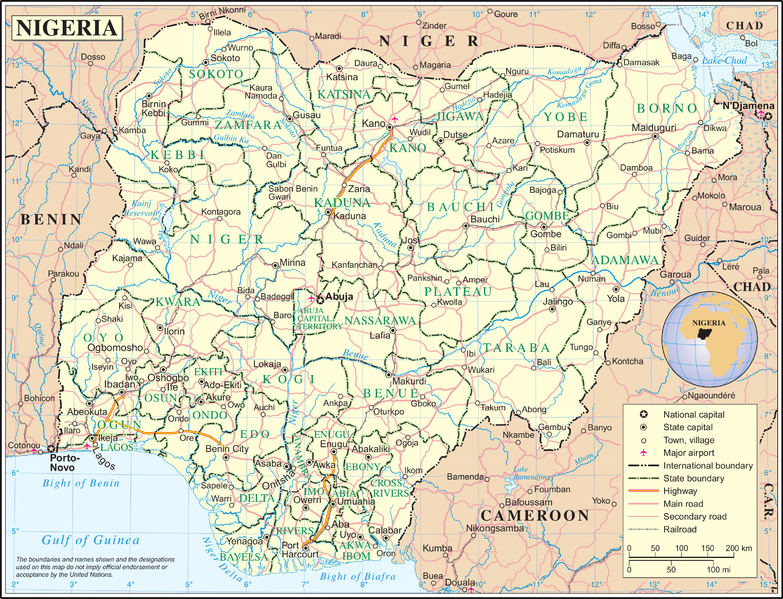A Lassa fever outbreak in Nasarawa State in Central Nigeria has resulted in four fatalities, according to a local media report today.

According to Nasarawa State Commissioner for Health, Daniel Iya, 16 suspected cases have been recorded in the state, out of which four were confirmed positive and all of them have died.
He explained that the index case for the current outbreak was recorded in November 2016 and died a day later, while the three others died between January 13 and January 15.
According to the US Centers for Disease Control and Prevention (CDC), Lassa fever is an acute viral illness that occurs in West Africa. The virus, a member of the virus family Arenaviridae, is a single-stranded RNA virus and is zoonotic, or animal-borne.
Lassa fever is a significant cause of morbidity and mortality. While Lassa fever is mild or has no observable symptoms in about 80% of people infected with the virus, the remaining 20% have a severe multisystem disease.

The animal host of Lassa virus is a rodent known as the “multimammate rat” of the genus Mastomys. Humans get infected with Lassa through aerosol or direct contact with excreta from the rodent. Laboratory infections do occur primarily through contaminated needles.
The symptoms of Lassa fever typically occur 1-3 weeks after the patient comes into contact with the virus. These include fever, retrosternal pain (pain behind the chest wall), sore throat, back pain, cough, abdominal pain, vomiting, diarrhea, conjunctivitis, facial swelling, proteinuria (protein in the urine), and mucosal bleeding. Neurological problems have also been described, including hearing loss, tremors, and encephalitis.
The Lassa virus and was 1st described in 1969 in the town of Lassa, in Borno State, Nigeria.
Related:


3 thoughts on “Nigeria: Lassa outbreak results in 4 deaths in Nasarawa State”